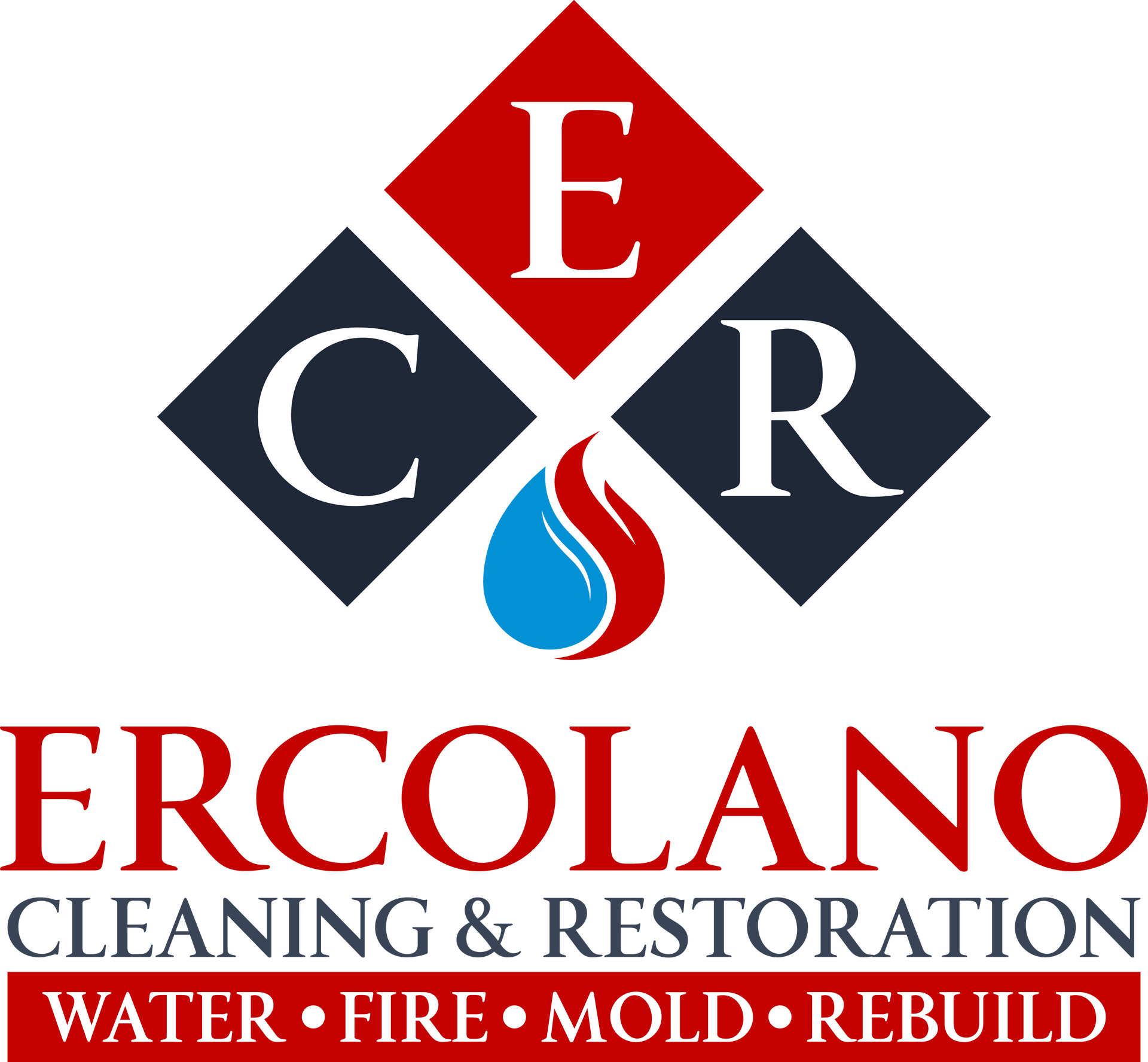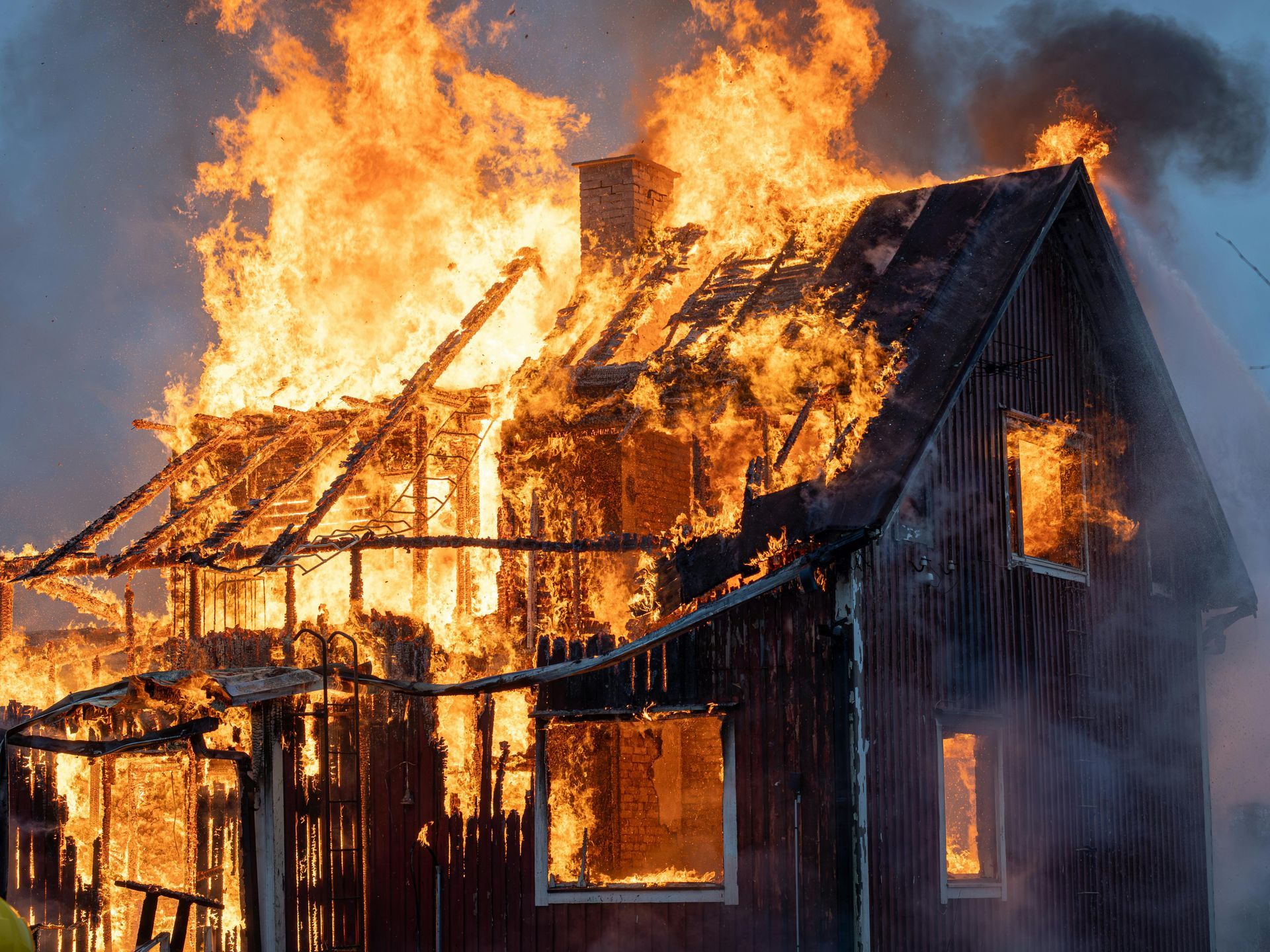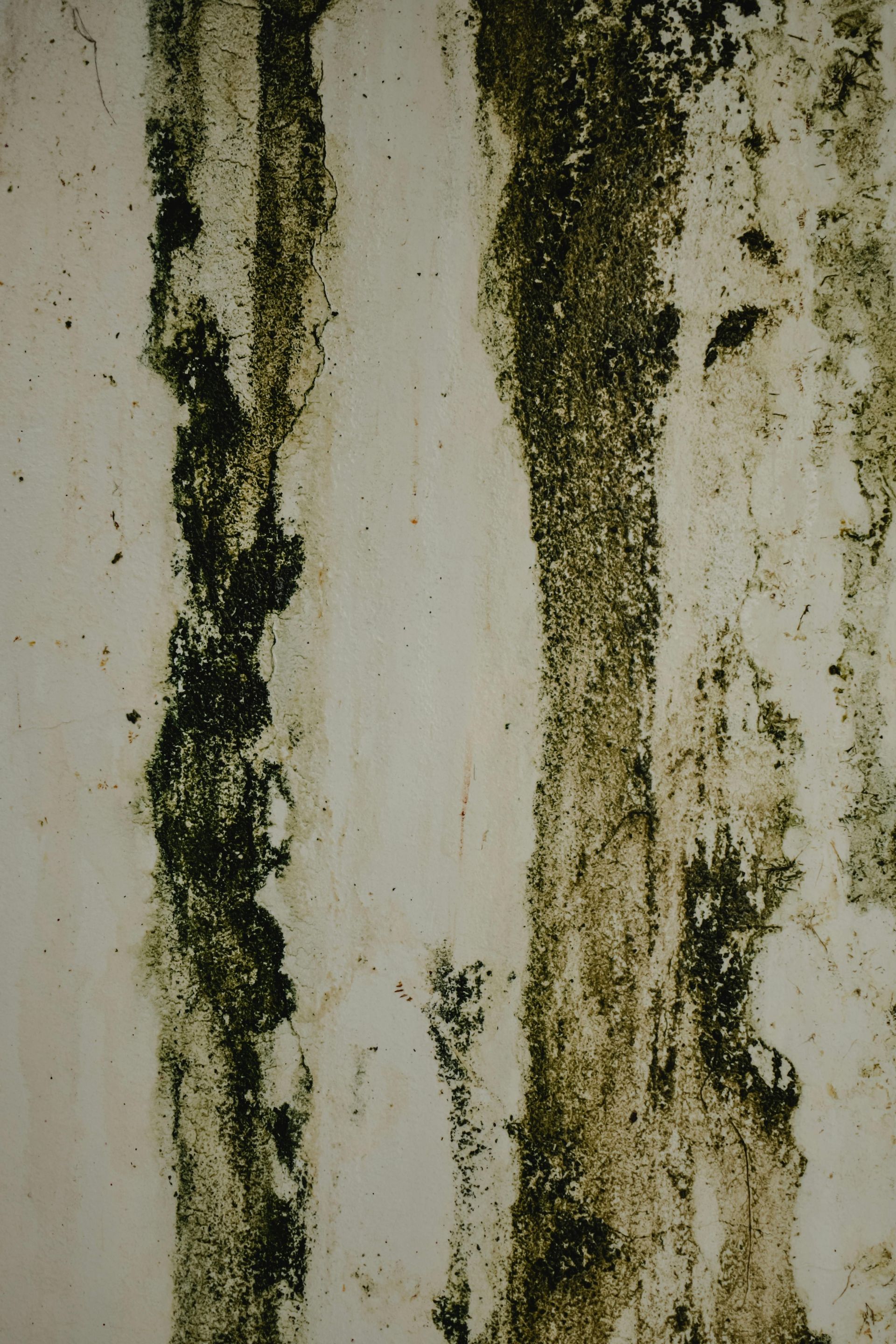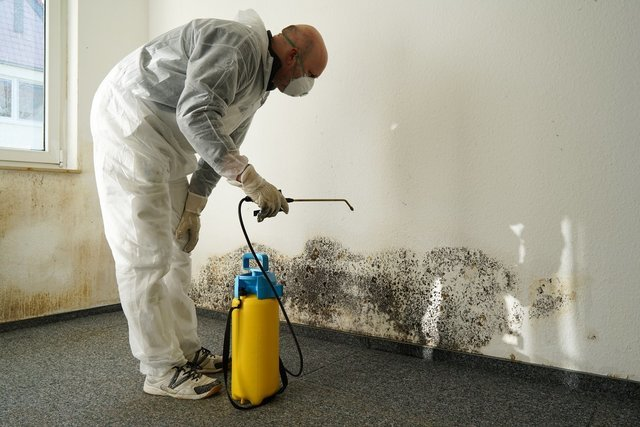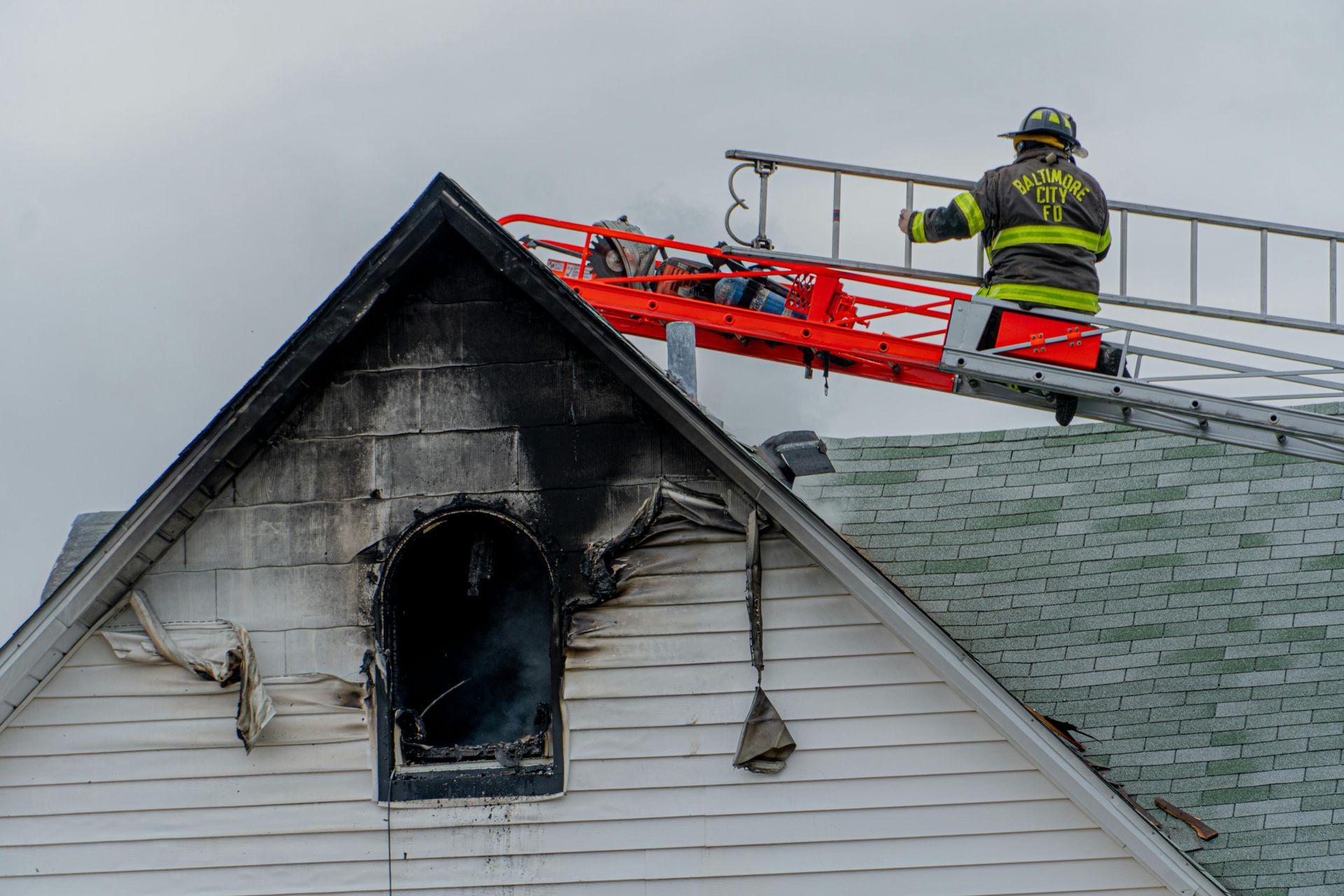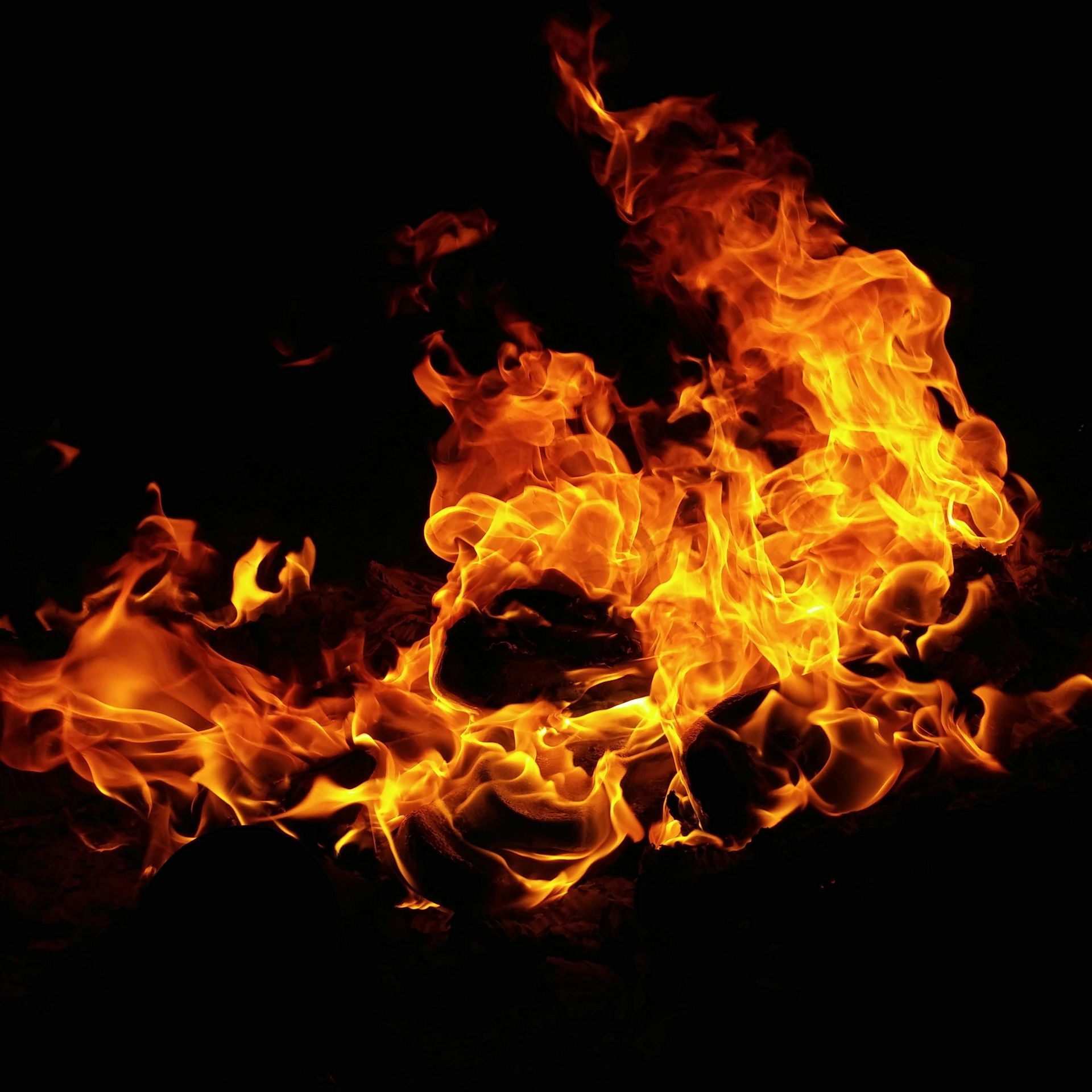How to Minimize Fire Damage in Your Business
How to Minimize Fire Damage in Your Business

A fire can be one of the most devastating events a business can experience. Not only does it pose a threat to the safety of your employees and customers, but it can also result in severe damage to property, inventory, and important documents. The aftermath of a fire can be overwhelming, but with proper preparation and timely action, you can minimize the damage and get your business back on track more quickly.
In this blog, we will discuss proactive steps that business owners can take to prevent and minimize fire damage, as well as the importance of fire restoration services in the recovery process. By being prepared and understanding how to respond effectively, you can protect your business and reduce the financial and operational impact of a fire.
1. Implement a Fire Prevention Plan
One of the most effective ways to minimize fire damage is to prevent fires from happening in the first place. Fire prevention should be a key component of your business’s safety plan. A comprehensive fire prevention plan involves identifying fire hazards, eliminating risks, and ensuring that employees understand the importance of fire safety.
Key elements of a fire prevention plan include:
- Regular Inspections and Maintenance: Ensure that electrical systems, wiring, and equipment are up to code and well-maintained. Faulty wiring and outdated electrical systems are common causes of business fires.
- Proper Storage of Flammable Materials: Store flammable materials like cleaning agents, fuels, or chemicals in designated, fire-resistant areas. Ensure these materials are kept away from heat sources.
- Fire Extinguishers and Equipment: Install fire extinguishers, fire alarms, and smoke detectors throughout the facility. Be sure they are in working order and that your staff knows how to use them.
- Employee Training: Provide regular fire safety training for employees. This should include fire evacuation procedures, the proper use of fire extinguishers, and how to respond in case of an emergency.
A well-established fire prevention plan can significantly reduce the likelihood of a fire breaking out and minimize potential damage should a fire occur.
2. Invest in Fire-Resistant Building Materials
The materials used to construct and maintain your building play a significant role in the potential extent of fire damage. Investing in fire-resistant building materials can help slow the spread of a fire and minimize the damage to your property.
Some key fire-resistant materials to consider include:
- Fire-Resistant Doors and Windows: Fire-rated doors and windows can help contain a fire to one area, preventing it from spreading to other parts of your building.
- Sprinkler Systems: Automatic sprinkler systems are highly effective at containing fires and reducing the amount of damage to your building.
- Fire-Resistant Insulation: Choose insulation materials that are fire-resistant, which can help delay the spread of a fire and give your employees more time to evacuate safely.
- Fire-Resistant Paints and Coatings: These can be applied to structural elements to improve their fire resistance, especially in high-risk areas like kitchens, storage rooms, and warehouses.
By investing in fire-resistant materials, you can significantly reduce the risk of severe fire damage and make it easier to contain a fire if one does break out.
3. Maintain a Well-Organized and Clean Facility
A cluttered and disorganized workspace can increase the risk of fire damage. Excess paper, trash, and other flammable materials can fuel a fire, allowing it to spread quickly. Regular cleaning and organizing can help minimize this risk by ensuring that fire hazards are minimized.
- Remove Combustible Materials: Regularly dispose of paper, cardboard, and other combustibles that can easily catch fire. Store materials in designated areas, away from heat sources.
- Clean Dust and Grease Buildup: In kitchens or industrial environments, grease and dust can accumulate and become fire hazards. Clean exhaust systems and kitchen equipment regularly to remove these potential risks.
- Clear Exits and Escape Routes: Ensure that all emergency exits, fire escapes, and access points are free of clutter and easily accessible. This will help employees evacuate quickly if necessary.
By keeping your facility clean and organized, you reduce the chances of a fire starting and make it easier to evacuate safely in an emergency.
4. Install and Test Fire Detection Systems
Fire detection systems, such as smoke detectors and heat sensors, are critical in the early detection of a fire. These systems can alert employees and emergency responders to a fire before it becomes uncontrollable, providing valuable time to take action.
- Smoke Detectors: Install smoke detectors in key areas of your building, such as hallways, break rooms, storage areas, and near electrical panels.
- Heat Detectors: These can detect rapid increases in temperature, which is often an indicator of a fire, especially in areas where smoke detectors may not be as effective.
- Fire Alarm Systems: Ensure that your fire alarm system is regularly tested and functioning properly. These alarms should be loud enough to alert all employees, even in noisy environments.
Regular testing and maintenance of your fire detection systems ensure that they will function properly in the event of an emergency, reducing the extent of fire damage.
5. Have an Emergency Response Plan in Place
Even with the best fire prevention measures in place, emergencies can still occur. That’s why it’s essential to have a comprehensive emergency response plan that includes fire evacuation procedures, communication protocols, and steps for containing the fire while awaiting professional help.
An effective emergency response plan should:
- Designate Evacuation Routes and Assembly Areas: Ensure that all employees are familiar with evacuation routes and assembly points outside the building.
- Communicate with Emergency Responders: Have a system in place to quickly alert local fire departments and emergency responders. Ensure that employees know how to contact emergency services.
- Perform Regular Drills: Conduct fire drills regularly so employees know what to do in case of an emergency. Practice evacuation routes and fire safety protocols to ensure a swift and orderly response.
A well-structured emergency response plan can save lives and minimize damage by enabling a swift reaction to a fire.
6. Hire Professional Fire Restoration Services
In the unfortunate event that a fire does occur, professional fire restoration services are essential in minimizing the damage and restoring your property. A restoration company can quickly assess the damage, secure the property, and begin the cleanup and repair process. Fire damage restoration involves:
- Smoke and Soot Removal: Removing smoke and soot residue from surfaces to prevent long-term damage and odors.
- Water Damage Cleanup: Often, firefighting efforts result in water damage. Restoration professionals can remove excess water and prevent mold growth.
- Structural Repairs: Repairing structural damage caused by the fire and ensuring the safety of the building.
- Content Cleaning: Restoring items that may have been damaged by smoke, soot, or water.
Hiring a professional restoration company like Ercolano Cleaning & Restoration ensures that your business can quickly recover from fire damage and resume operations with minimal disruption.
How Ercolano Cleaning & Restoration Can Help
At Ercolano Cleaning & Restoration, we specialize in fire damage restoration, offering comprehensive services to help businesses recover from fire-related disasters. Our experienced team works efficiently to minimize the damage, restore your property, and get your business back to normal as quickly as possible. If your business has experienced fire damage or you want to take proactive steps to prevent future fires, contact us today. We can provide expert fire damage assessment, restoration, and fire prevention guidance tailored to your business's needs.
